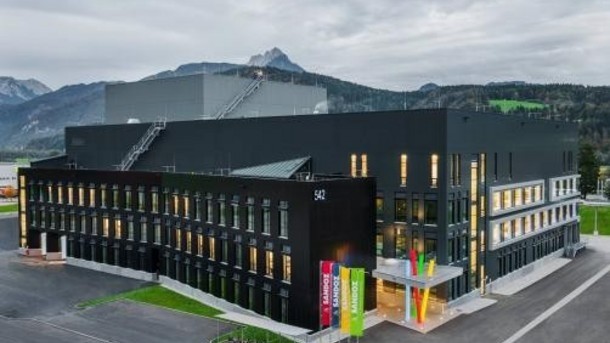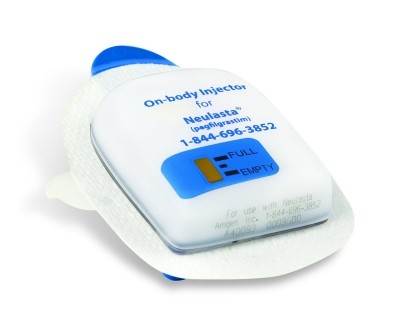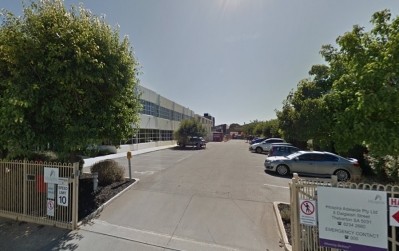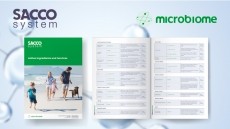Update: Sandoz remains committed to launching 5 biosims by 2020
US FDA rejects Sandoz’s Neulasta biosimilar

The letter - effectively a rejection of the drug - was announced in Sandoz’s parent company Novartis’ second quarter results earlier today.
Novartis said: “Sandoz received a complete response letter from the FDA for biosimilar pegfilgrastim candidate Neulasta. We are working with the agency to address remaining questions.”
The US FDA issues a complete response letter when it wishes to communicate to a company that an application to market a drug (NDA, new drug application) will not be approved in its present form.
It also indicates that the review of the application by the FDA has been completed.
Biosimilars
Sandoz filed its version of Neulasta - Amgen's Neutropenia treatment - in the US last November.
A spokesman told us "We are working closely with the FDA to address its comments but would not comment more specifically at this stage.
He added that: "As announced recently, we remain fully committed to launching five major biosimilars by 2020."
The Novartis unit became the first firm to win approval for a biosimilar in the US when the FDA cleared Zarxio, its version of Amgen’s Neupogen, in March 2015.
Sandoz launched the product in the US last September.
The firm's pegfilgrastim candidate was its third biosimilar to be reviewed by the FDA behind a version of Amgen’s tumour necrosis factor inhibitor Enbrel (etanercept), which was accepted last October.
No PEG elation?
In December, Coherus BioSciences announced it would delay filing CHS-1701, its version of pegfilgrastim, in order to conduction additional pharmacokinetic and pharmacodynamics studies.
At the time is CEO Danny Lanfear said: “The recent pharmacokinetic/pharmacodynamic (PK/PD) study is acceptable to support filing the Biologics License Application (BLA). However, given the low cost and relatively short delay involved, it is most prudent to initiate a follow-on study in healthy volunteers.
"We believe this will remove any residual uncertainty, reduce regulatory risk and potential for BSUFA timeline delays, and ultimately increase the likelihood of first cycle approval of CHS-1701."
A few months prior Coherus revealed that the drug fell short of bioequivalence in one of four treatment groups involved in a pharmacokinetic study.
“Three of the four treatment groups, which included both of the CHS-1701 treatment groups and the Period 2 Neulasta group, performed as expected, consistent with previously published studies. The PK maximum concentration (Cmax) endpoint of the study met bioequivalence.
“A low, anomalous PK profile in the Period 1 Neulasta group resulted in not meeting bioequivalence in the area-under-the-curve (AUC) endpoints (AUC0-to-288, AUC0-to-Inf, AUCLast). This anomalous result is being investigated.”
CHS-1701 has not been filed with the FDA.














